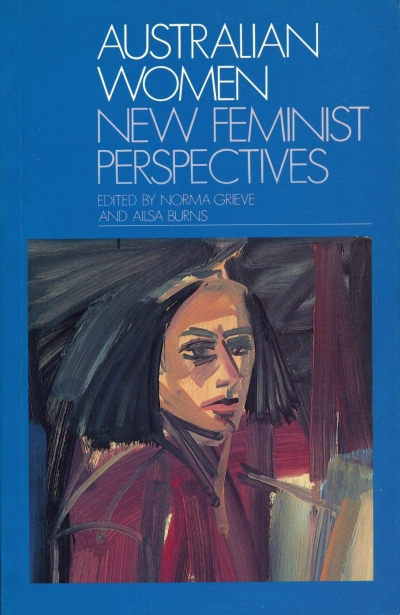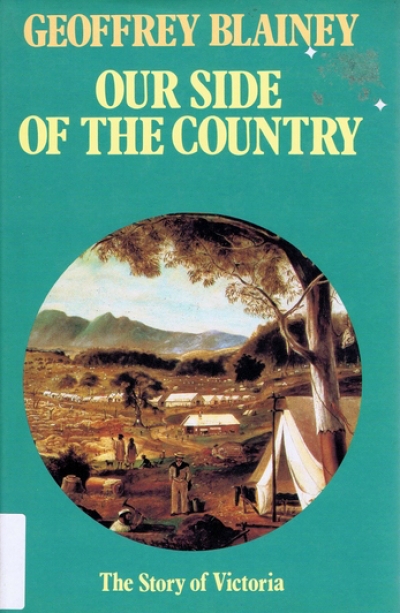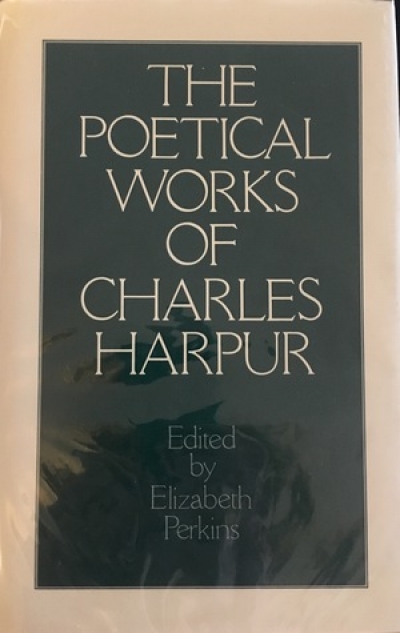Archive
Archimedes and the Seagle by David Ireland & Jane Austen in Australia by Barbara Ker Wilson
by Marian Turnbull •
The Boy Adeodatus: The portrait of a lucky young bastard by Bernard Smith
by Warren Osmond •
Just City and the Mirrors: Meanjin Quarterly and the intellectual front, 1940–1965 by Lynne Strahan
by John McLaren •
Australian Women: New feminist perspectives by Norma Grieve and Ailsa Burns
by Delys Bird •
Strong-man from Piraeus and other stories by George Johnston and Charmian Clift & The World of Charmian Clift by Charmian Clift
by Beverley Farmer •










